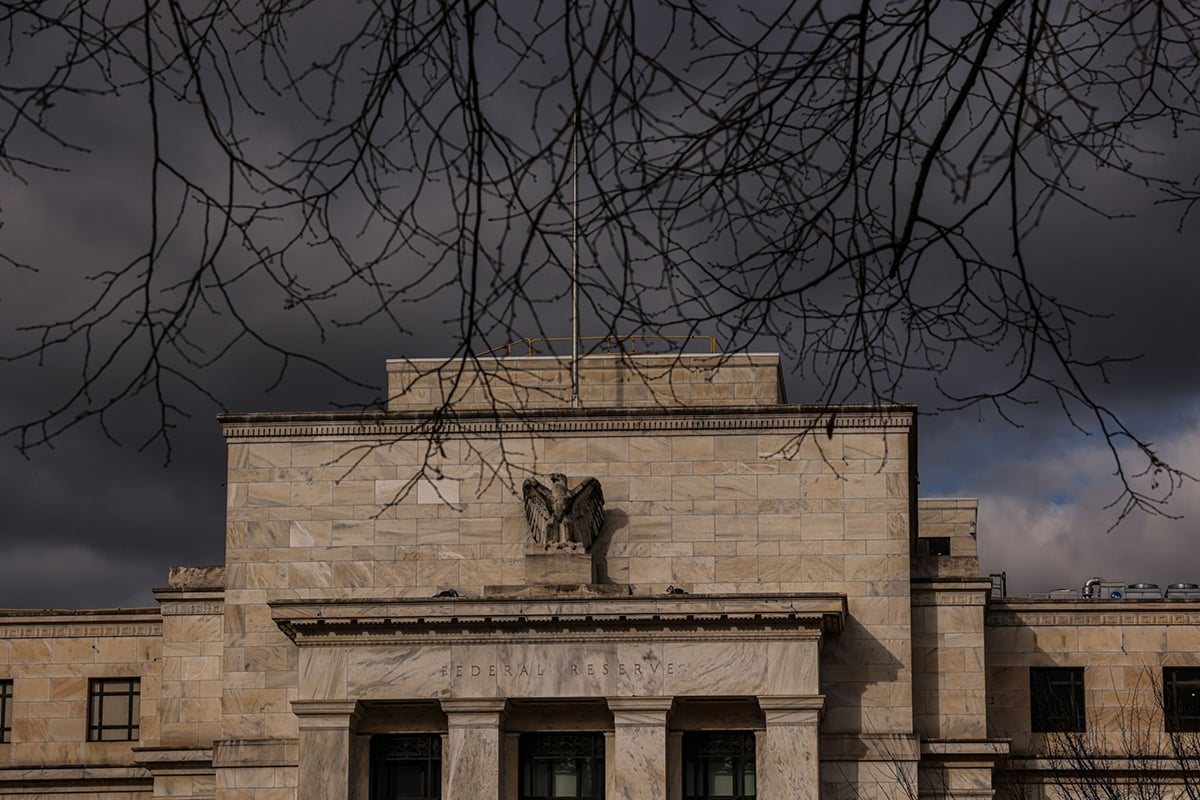The U.S. economy has registered five consecutive quarters of economic growth since the recession ended, yet there is a great deal of concern about the outlook for 2011. The 2.9% average increase in real GDP over these five quarters pales in comparison with recoveries of the post-war period prior to 1990. One major factor in this subpar economic recovery is the contraction of bank credit, which has a strong positive correlation with gross domestic purchases.
Following the housing market debacle and the long and deep U.S. recession, the sum of loan charge-offs and delinquent loans at commercial banks rose to an unparalleled $531 billion by the end of 2009, up from $93 billion at the end of 2005. This large setback left banks with impaired balance sheets and severely restricted their ability to lend. Although the Fed injected vast amounts of reserves to stabilize the banking system, the monetary transmission mechanism was dysfunctional, and bank credit fell 6.5% in 2009, the second and largest decline in the post-war period.
Under other circumstances, bank credit allows those entities borrowing from the banking system to increase their purchases of goods, services and assets without requiring any other entity to simultaneously reduce its purchases. The staggering size of the credit contraction reflects the broken monetary transmission mechanism that has prevented a robust economic recovery.
Complete your profile to continue reading and get FREE access to Treasury & Risk, part of your ALM digital membership.
Your access to unlimited Treasury & Risk content isn’t changing.
Once you are an ALM digital member, you’ll receive:
- Critical Treasury & Risk information including in-depth analysis of treasury and finance best practices, case studies with corporate innovators, informative newsletters, educational webcasts and videos, and resources from industry leaders.
- Exclusive discounts on ALM and Treasury & Risk events.
- Access to other award-winning ALM websites including PropertyCasualty360.com and Law.com.
*May exclude premium content
Already have an account? Sign In
© 2024 ALM Global, LLC, All Rights Reserved. Request academic re-use from www.copyright.com. All other uses, submit a request to [email protected]. For more information visit Asset & Logo Licensing.







